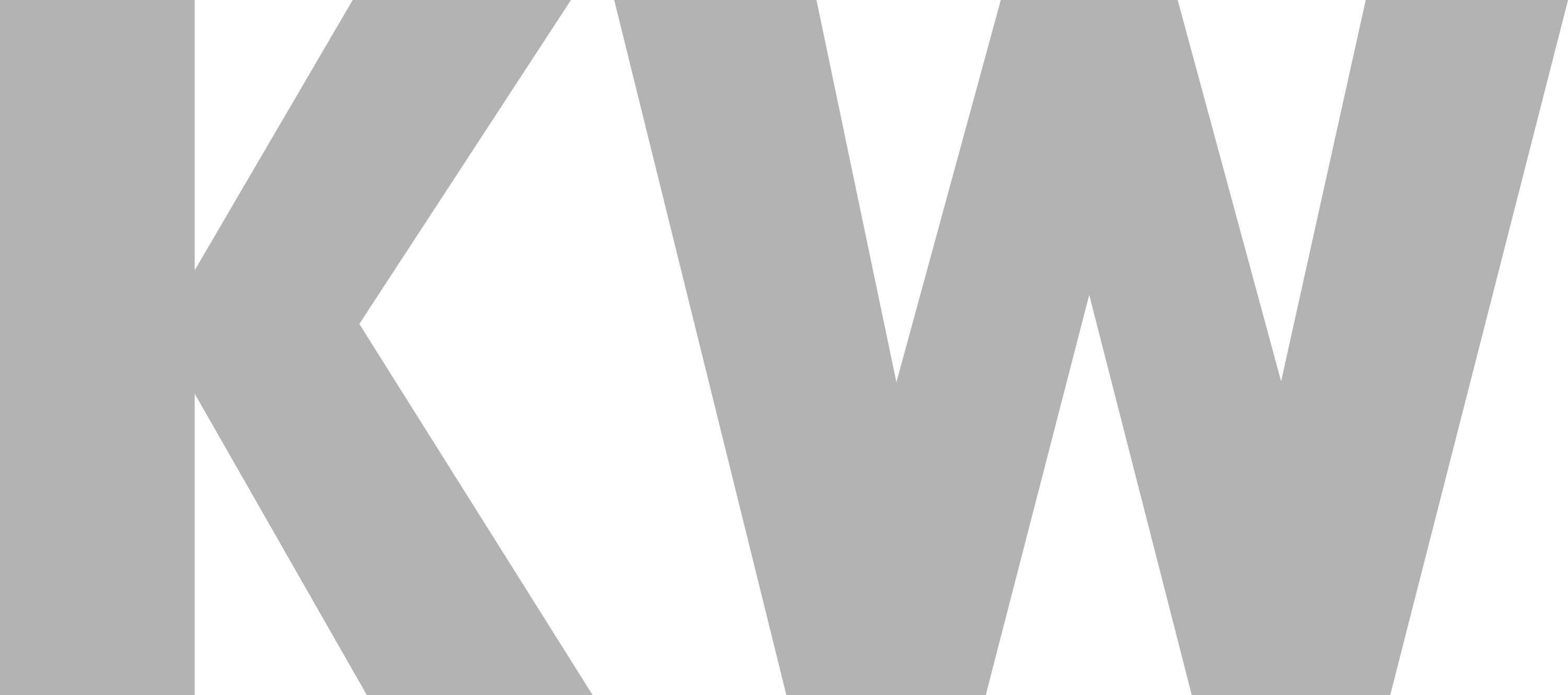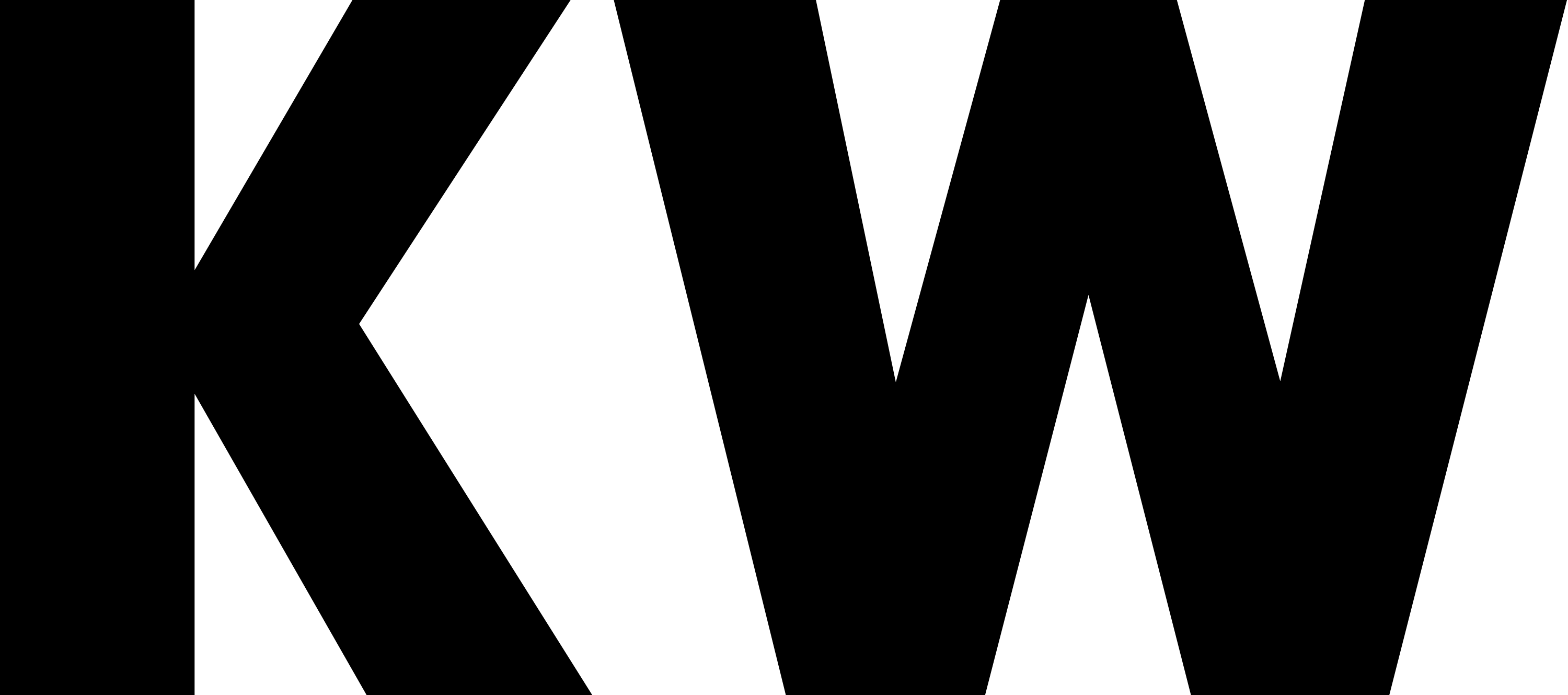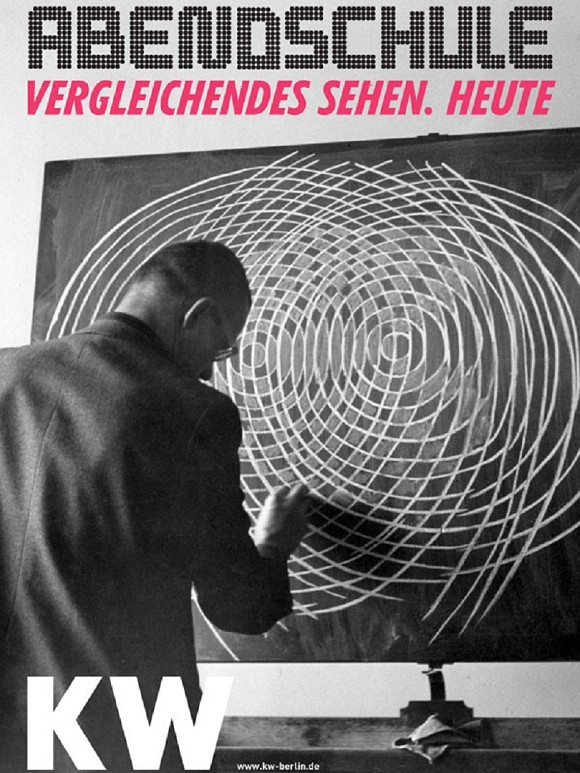Abendschule - Vergleichendes Sehen. Heute (IV)
Abendschule
Vergleichendes Sehen. Heute
Evening Classes - Comparative Visual Analysis. Today
Tue + Thur, 7 – 8.30 pm
Comparative visual analysis entails a dialogical perception and the application of visual thinking. At the beginning of the 20th century Swiss art historian Heinrich Wölfflin pioneered the development of comparative formal analysis in the history of art. For the first time ever, reproductions of artworks were projected side by side using a set of twin parallel projectors. What back then was a revolutionary approach on his part, remains to this day still the most common method in art history, even despite the presence of PowerPoint. With Evening Classes this academic practice is now integrated into the exhibition context, though not without liberating it from its indoctrinating usage and by questioning it as a method. Implicated in this series of events is the invitation for unexpected test arrangements and comparative situations that allow both to support and topple this methodology.
IV.
Michael Diers: Vergleiche hinken, oder: Die Lehre des Teufels (Comparisons mislead, or: The devil's lesson)
Sabeth Buchmann: Vergleichsweise abstrakt (Comparatively abstract)
15.12.2009, 7 pm
Michael Diers: Vergleiche hinken, oder: Die Lehre des Teufels (Comparisons mislead, or: The devil's lesson)
In the realm of the everyday, in art and in science, the comparison is a fundamental creative tool for cognitive processes. Drawing analogies and differences – in short “comparing“ – is crucial for exploring the world, and, if necessary, determining new concepts. The pivotal link, however, is always the “tertium comparationis“. For it ensures that a comparison not only makes sense heuristically, but also that it appears extraodinary and striking. The lecture will look at examples from the arts and sciences in order to outline the eminently productive and above all entertaining features of comparative practice. (Lecture in German)
Michael Diers is a professor of art history and visual cultures at the University of Fine Arts Hamburg and the Humboldt University Berlin. He is co-editor of the student's edition of Aby Warburg's Collected Writings (Berlin 1998 et seq.). For many years he has also been editing the pocket book series kunststück and the series Fundus-Bücher. He has been published in numerous books and essays; most recently Fotografie Film Video. Beiträge zu einer kritischen Theorie des Bildes (Hamburg: Philo & Philo Fine Arts 2006). His research focusses on renaissance art, modernity, 20th century and contemporary art, photography and new media, political iconography, art and media theory and history of science.
Sabeth Buchmann: Vergleichsweise abstrakt (Comparatively abstract)
When emblematic revolutionary art is interpreted today it often merely inheres an anecdotal function of recognizability. This seems to exacerbate in relation to artworks, which provoke historical analogies regardless of any specific conditions of context, genre or respective medium. One such example is the fully intended comparison of 20th century social sculpture and iconography of 19th century realist painting. The lecture will discuss whether such references point towards a dialectic we thought we had overcome – a dialectic of rupture and annihilation in which the aesthetic limit becomes displaced into a politically conceived space. (Lecture in German)
Sabeth Buchmann is an art historian and art critic. She is a professor for modern and postmodern art at The Academy of Fine Arts Vienna and director of the Institute of Art Theory and Cultural Studies. Buchmann regularly writes for a number of art magazines, primarily for Texte zur Kunst. Together with Helmut Draxler, Clemens Krümmel and Susanne Leeb she co-edits Polypen, a book series on art criticism and political theory. Her most recent publications are: Denken gegen das Denken. Produktion – Technologie – Subjektivität bei Sol LeWitt, Hélio Oiticica und Yvonne Rainer, (Berlin: b-books 2007).
In the context of the exhibition For the Use Of Those Who See
With kind support by the Ernst Schering Foundation and the Capital Cultural Fund, Berlin.
We cordially thank the Lette Foundation for the seating.


